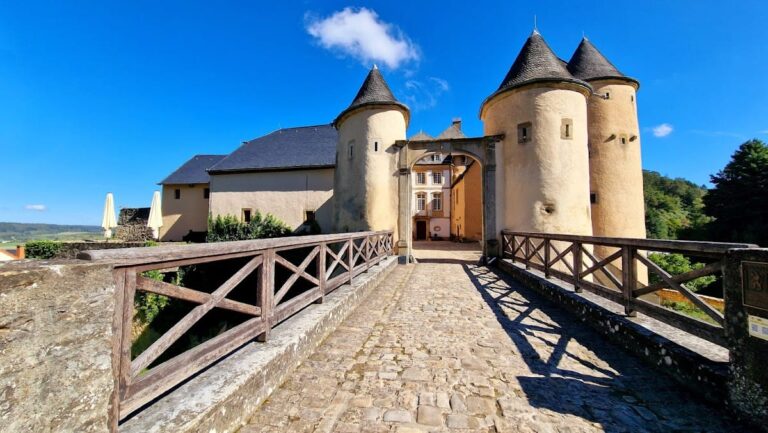Helmsange Walferdange Gallo-Roman Villa: A Roman Residential Estate in Luxembourg
Visitor Information
Google Rating: 3.9
Popularity: Very Low
Google Maps: View on Google Maps
Country: Luxembourg
Civilization: Roman
Remains: Domestic
History
The Helmsange Walferdange Gallo-Roman villa is situated in the locality of Helmsange within the commune of Walferdange, Luxembourg. It was established during the Roman period, specifically in the mid-1st century AD, reflecting the expansion of Roman influence into this region. The villa was constructed by inhabitants under Roman cultural and administrative control, serving as a high-status residential estate.
During its initial phase in the 1st century AD, the villa functioned as a luxurious dwelling, part of a limited group of elite rural residences in the area. This period is marked by the presence of religious artifacts, including a limestone stele fragment depicting deities, indicating the integration of Roman religious practices or local cults. The villa’s occupation continued without interruption for over three centuries, suggesting sustained economic and social importance.
Throughout its long use, the villa experienced several structural and functional changes. These transformations likely reflect shifts in ownership, economic conditions, or adaptations to evolving regional circumstances. However, no specific military events, named rulers, or administrative roles have been documented in connection with the site. The villa’s abandonment or decline is not precisely dated but presumably occurred after the 4th century AD, coinciding with broader regional changes in the late Roman period.
Remains
The archaeological remains of the Helmsange villa reveal a large complex measuring approximately 100 meters in length and 50 meters in width. Its layout corresponds to a common regional Roman villa type, featuring a portico and projecting side wings. The ground floor alone contained nearly 50 rooms, making it one of the most extensive Roman villas discovered in Luxembourg.
Constructed primarily with local materials, the villa’s fabric includes stone and mortar masonry typical of Roman provincial architecture. Excavations uncovered a wide array of Roman pottery spanning from the 1st to the 4th century AD, representing nearly all known forms and types used during this period. Personal items such as hairpins, glass necklace beads, and about 25 fibulae (brooches), some with enamel inlays, were also found, alongside several bronze rings, one bearing an inscription of a name.
A particularly notable artifact is a finely crafted bronze phalanx (a finger armor piece) adorned with a lion’s head motif, indicating the presence of high-quality personal belongings. The limestone stele fragment with deity carvings stands out as a distinctive religious element, underscoring the villa’s cultic associations. The remains are preserved in situ, with the site’s condition reflecting the fragmentary nature typical of long-abandoned Roman rural estates.










